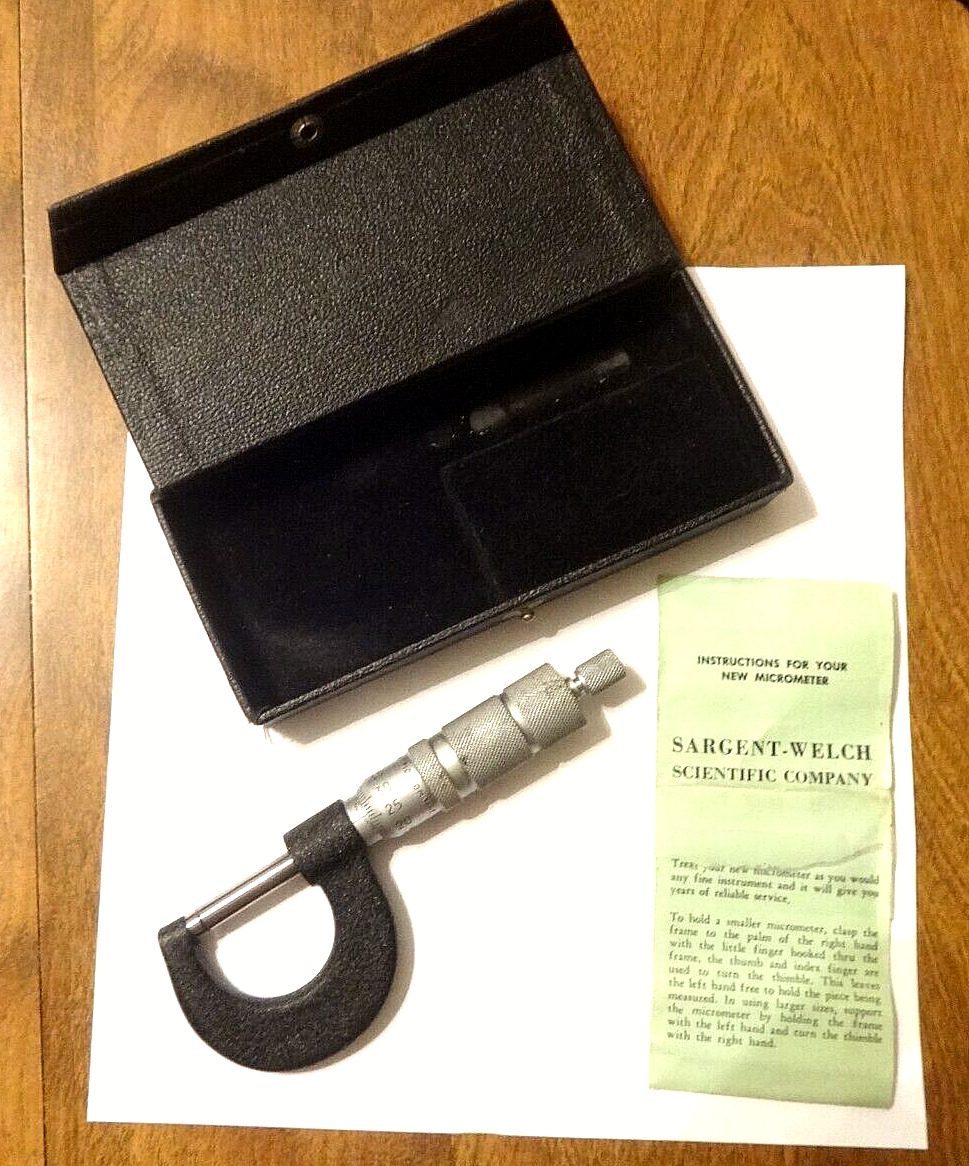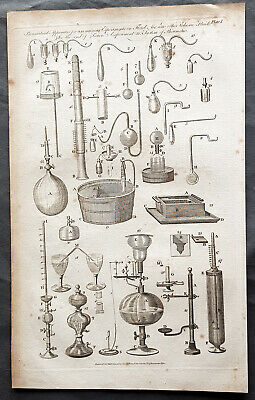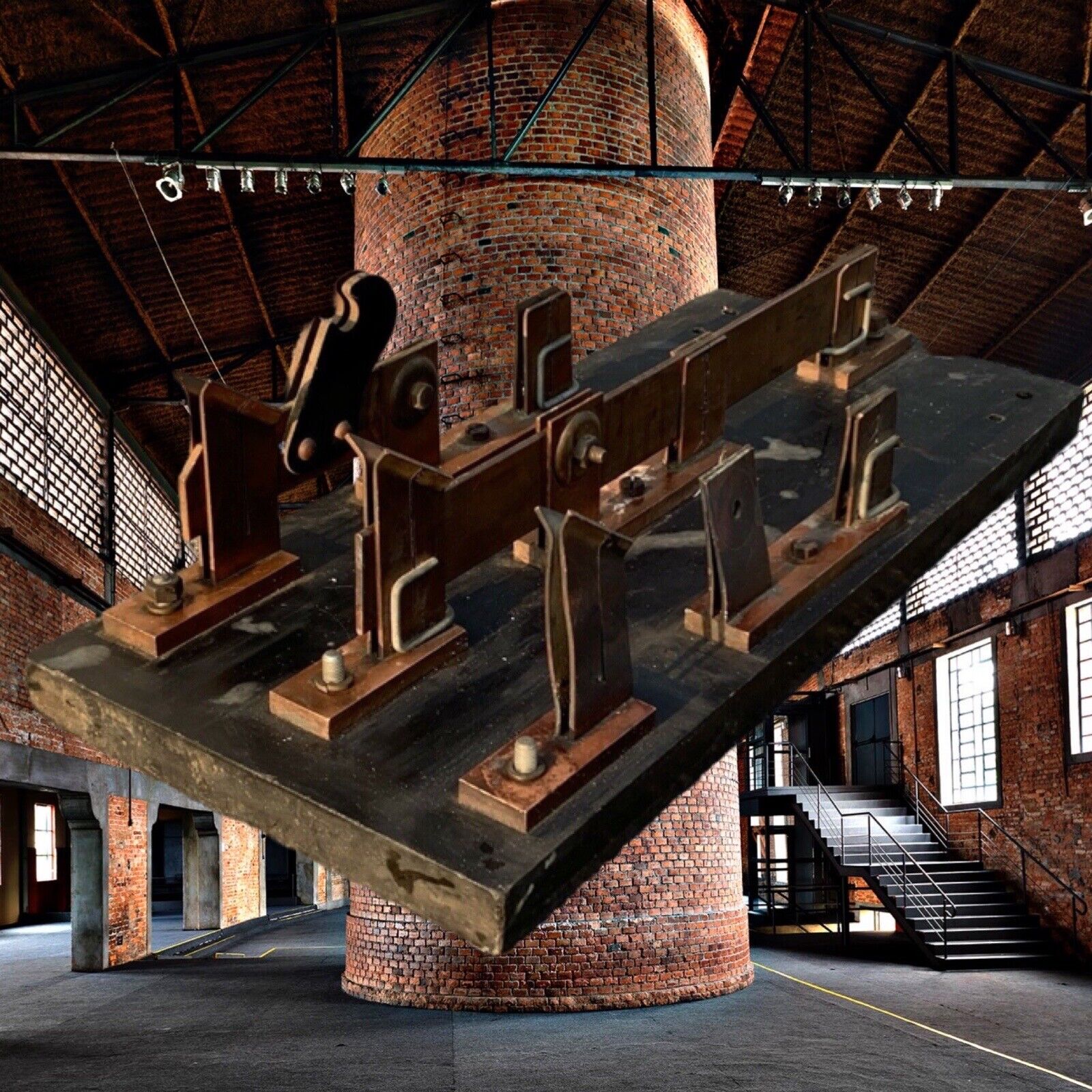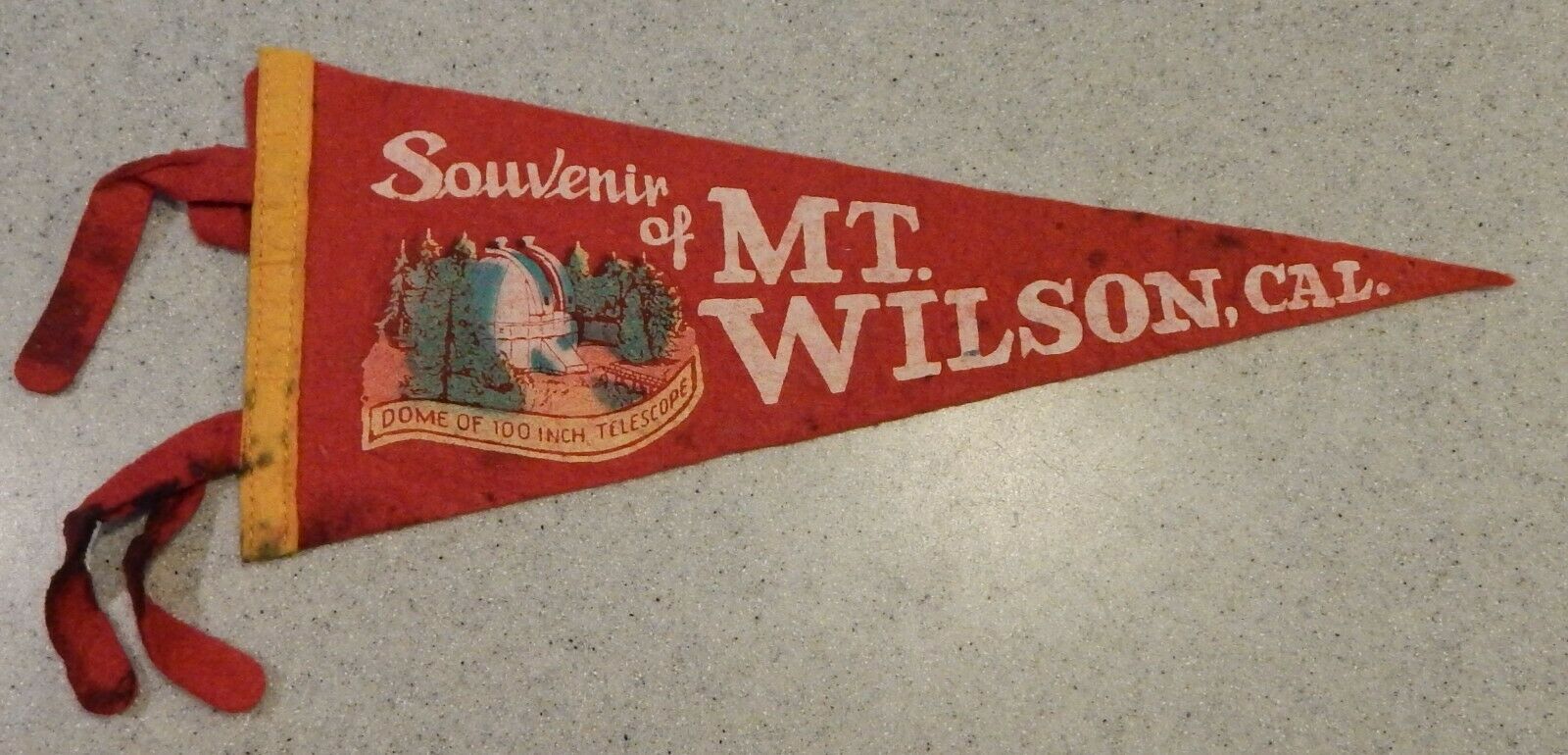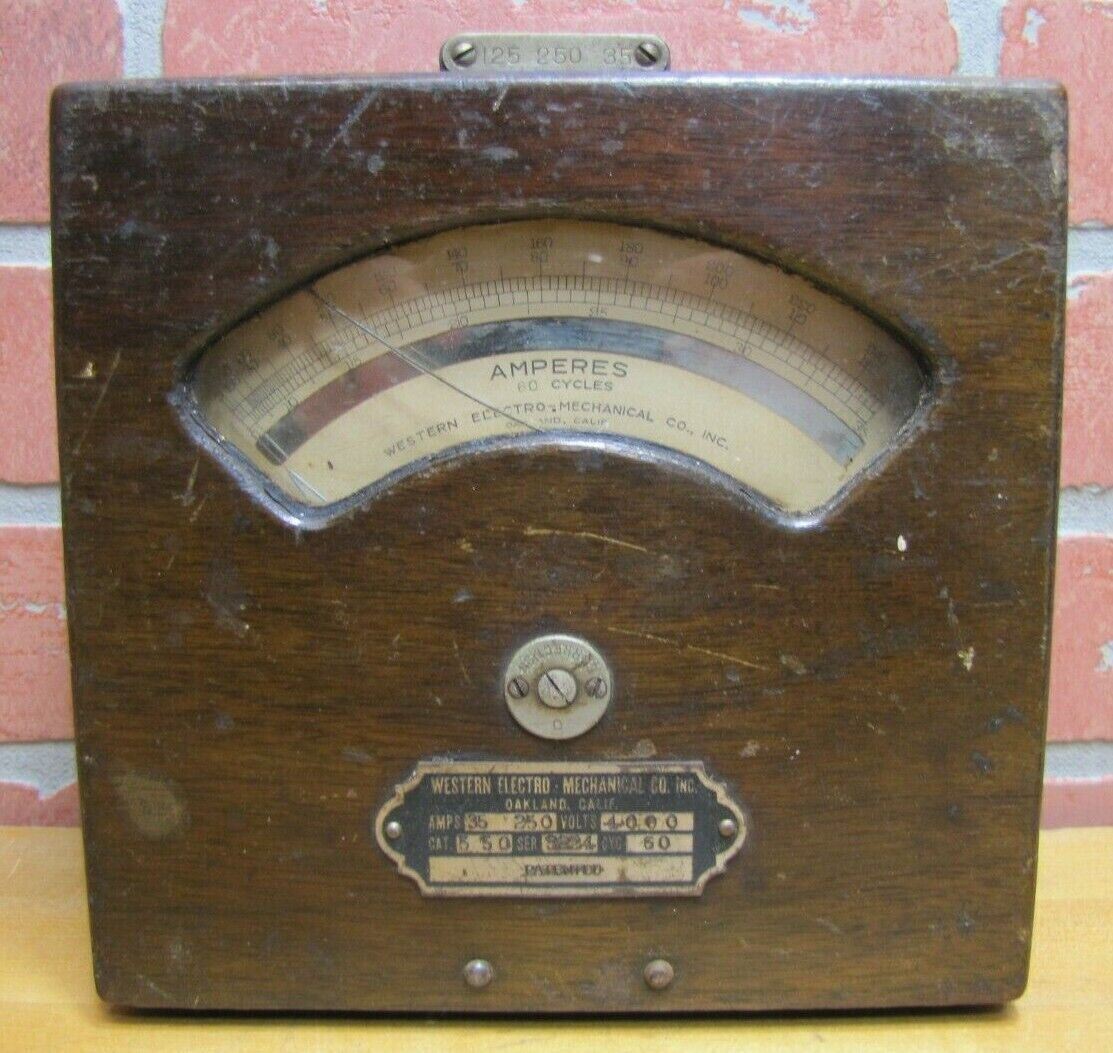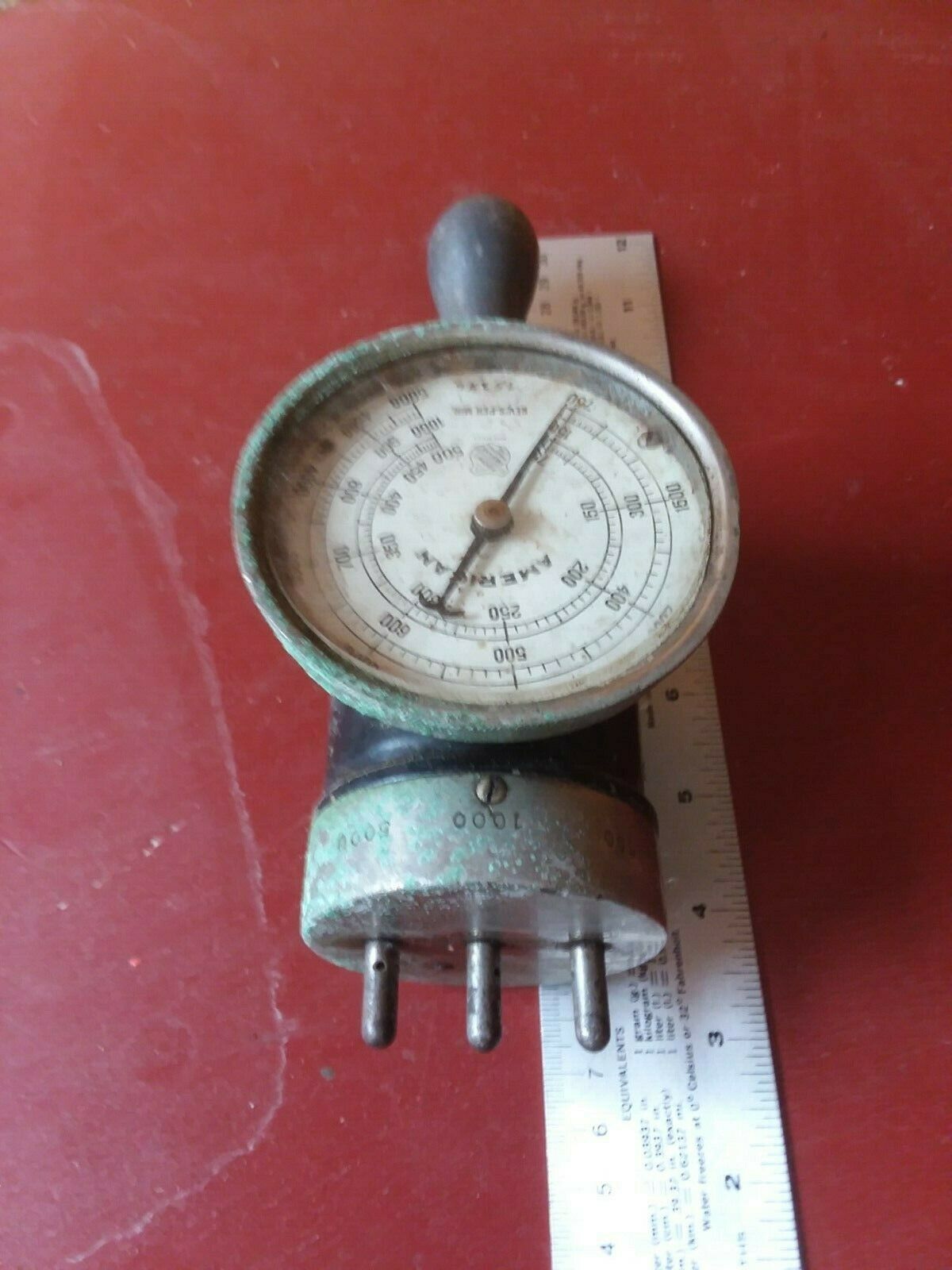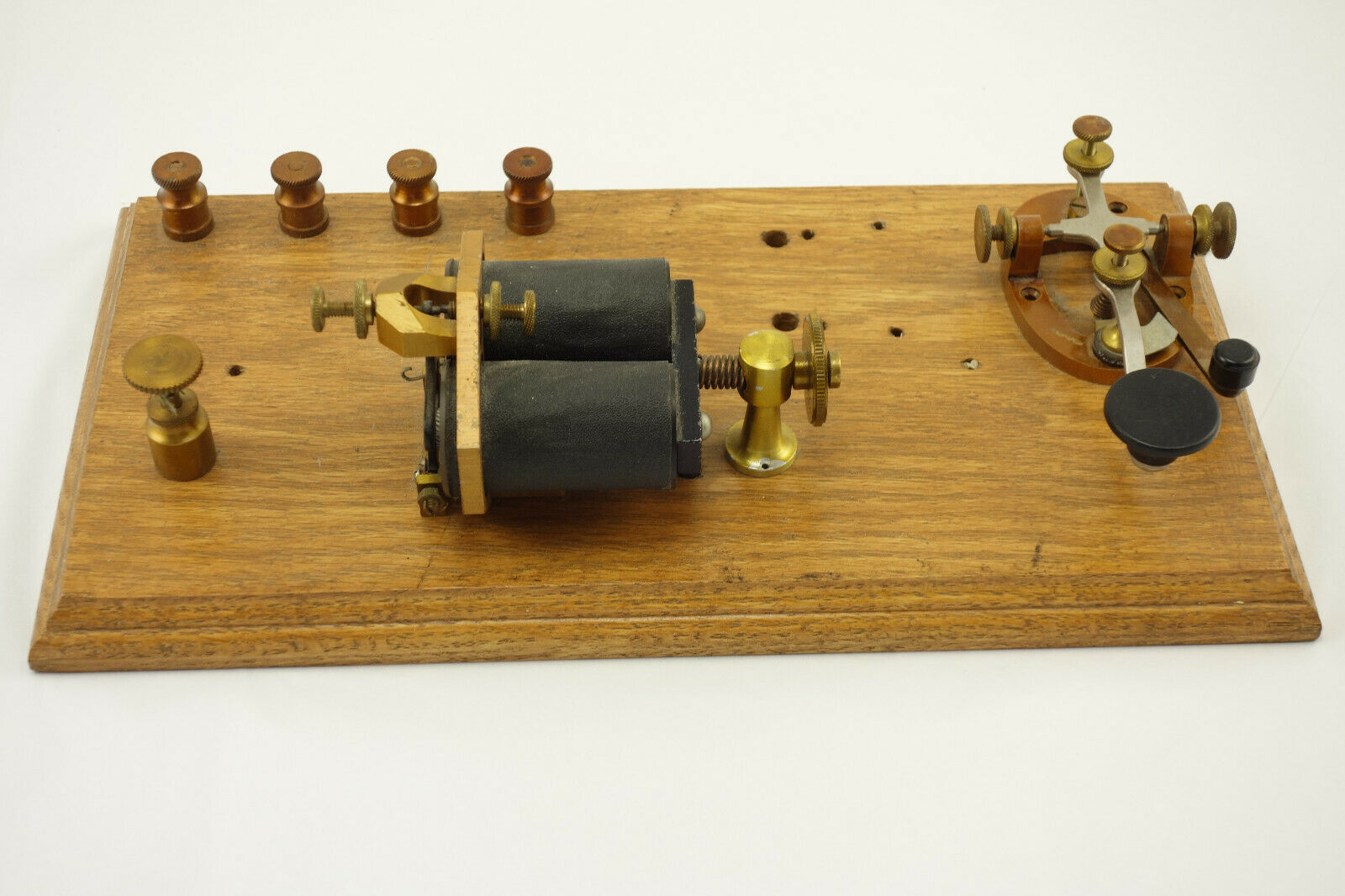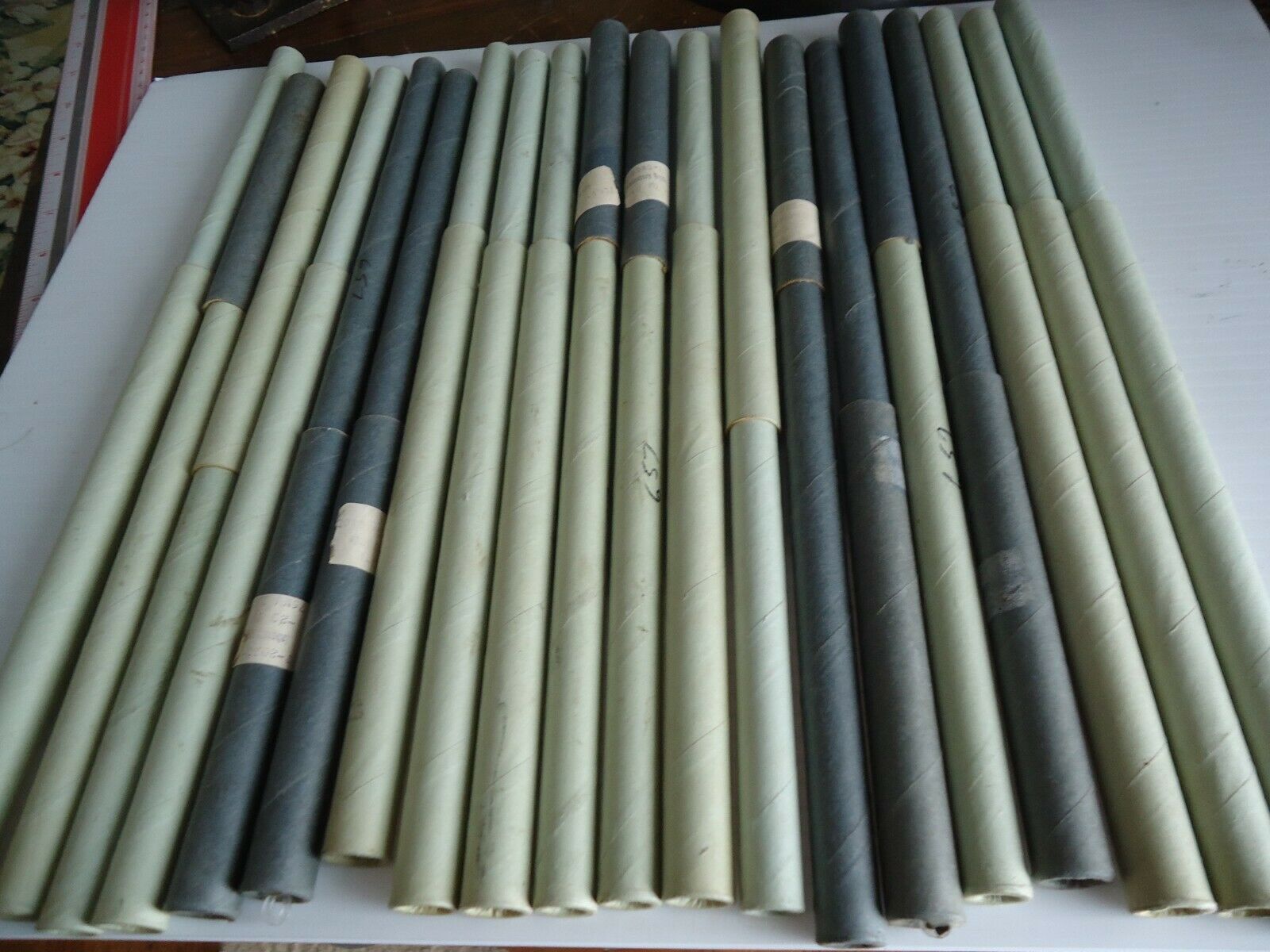-40%
1798 W H Hall Large Antique Print of The Evolution of the Guitar & Thermometer
$ 66
- Description
- Size Guide
Description
contact usebay profile
ebay store
Miscellaneous Subjects, representing the Origin of Musical Instruments, The Thermometer....Halls Encyclopedia...C. Cooke...
Cartographer :
- Hall, William Henry
Date:
- 1798
Size:
- 15in x 9in (380mm x 230mm)
Ref#:
- 91135
Condition:
- (A) Very Good Condition
Description:
This large original copper-plate engraved antique print was published by William Henry Hall in the 1798 edition of
The new royal encyclopedia; or, complete modern universal dictionary of arts and sciences on a new and improved plan
.... printed by Charles Cooke, London.
General Definitions:
Paper thickness and quality: - Heavy and stable
Paper color : - off white
Age of map color: -
Colors used: -
General color appearance: -
Paper size: - 15in x 9in (380mm x 230mm)
Plate size: - 15in x 9in (380mm x 230mm)
Margins: - Min 1/2in (10mm)
Imperfections:
Margins: - Age toning
Plate area: - Age toning
Verso: - Age toning
Background:
Thermometer
- various authors have credited the invention of the thermometer to Hero of Alexandria. The thermometer was not a single invention, however, but a development. Hero of Alexandria (10–70 AD) knew of the principle that certain substances, notably air, expand and contract and described a demonstration in which a closed tube partially filled with air had its end in a container of water. The expansion and contraction of the air caused the position of the water/air interface to move along the tube.
Such a mechanism was later used to show the hotness and coldness of the air with a tube in which the water level is controlled by the expansion and contraction of the gas. These devices were developed by several European scientists in the 16th and 17th centuries, notably Galileo Galilei and Santorio Santorio. As a result, devices were shown to produce this effect reliably, and the term thermoscope was adopted because it reflected the changes in sensible heat (the modern concept of temperature was yet to arise). The difference between a thermoscope and a thermometer is that the latter has a scale. Though Galileo is often said to be the inventor of the thermometer, there is no surviving document that he actually produced any such instrument.
The first clear diagram of a thermoscope was published in 1617 by Giuseppe Biancani (1566 – 1624): the first showing a scale and thus constituting a thermometer was Santorio Santorio in 1625. This was a vertical tube, closed by a bulb of air at the top, with the lower end opening into a vessel of water. The water level in the tube is controlled by the expansion and contraction of the air, so it is what we would now call an air thermometer.
The word thermometer (in its French form) first appeared in 1624 in La Récréation Mathématique by J. Leurechon, who describes one with a scale of 8 degrees. The word comes from the Greek words θερμός, thermos, meaning hot and μέτρον, metron, meaning measure.
The above instruments suffered from the disadvantage that they were also barometers, i.e. sensitive to air pressure. In 1629, Joseph Solomon Delmedigo, a student of Galileo and Santorio in Padua, published what is apparently the first description and illustration of a sealed liquid-in-glass thermometer. It is described as having a bulb at the bottom of a sealed tube partially filled with brandy. The tube has a numbered scale. Delmedigo does not claim to have invented this instrument, nor does he name anyone else as its inventor. In about 1654 Ferdinando II de Medici, Grand Duke of Tuscany (1610–1670), actually produced such an instrument, the first modern-style thermometer, dependent on the expansion of a liquid, and independent of air pressure. Many other scientists experimented with various liquids and designs of thermometer.
However, each inventor and each thermometer was unique—there was no standard scale. In 1665 Christiaan Huygens (1629–1695) suggested using the melting and boiling points of water as standards, and in 1694 Carlo Renaldini (1615–1698) proposed using them as fixed points on a universal scale. In 1701, Isaac Newton (1642–1726/27) proposed a scale of 12 degrees between the melting point of ice and body temperature.
Guitar
Before the development of the electric guitar and the use of synthetic materials, a guitar was defined as being an instrument having a long, fretted neck, flat wooden soundboard, ribs, and a flat back, most often with incurved sides. The term is used to refer to a number of chordophones that were developed and used across Europe, beginning in the 12th century and, later, in the Americas. A 3,300-year-old stone carving of a Hittite bard playing a stringed instrument is the oldest iconographic representation of a chordophone and clay plaques from Babylonia show people playing an instrument that has a strong resemblance to the guitar, indicating a possible Babylonian origin for the guitar.
The modern word guitar, and its antecedents, has been applied to a wide variety of chordophones since classical times and as such causes confusion. The English word guitar, the German Gitarre, and the French guitare were all adopted from the Spanish guitarra, which comes from the Andalusian Arabic قيثارة (qīthārah) and the Latin cithara, which in turn came from the Ancient Greek κιθάρα. Kithara appears in the Bible four times (1 Cor. 14:7, Rev. 5:8, 14:2 and 15:2), and is usually translated into English as harp.
Many influences are cited as antecedents to the modern guitar. Although the development of the earliest guitars is lost in the history of medieval Spain, two instruments are commonly cited as their most influential predecessors, the European lute and its cousin, the four-string oud; the latter was brought to Iberia by the Moors in the 8th century.
At least two instruments called guitars were in use in Spain by 1200: the guitarra latina (Latin guitar) and the so-called guitarra morisca (Moorish guitar). The guitarra morisca had a rounded back, wide fingerboard, and several sound holes. The guitarra Latina had a single sound hole and a narrower neck. By the 14th century the qualifiers moresca or morisca and latina had been dropped, and these two cordophones were simply referred to as guitars.
The Spanish vihuela, called in Italian the viola da mano, a guitar-like instrument of the 15th and 16th centuries, is widely considered to have been the single most important influence in the development of the baroque guitar. It had six courses (usually), lute-like tuning in fourths and a guitar-like body, although early representations reveal an instrument with a sharply cut waist. It was also larger than the contemporary four-course guitars. By the 16th century, the vihuelas construction had more in common with the modern guitar, with its curved one-piece ribs, than with the viols, and more like a larger version of the contemporary four-course guitars. The vihuela enjoyed only a relatively short period of popularity in Spain and Italy during an era dominated elsewhere in Europe by the lute; the last surviving published music for the instrument appeared in 1576.
Meanwhile, the five-course baroque guitar, which was documented in Spain from the middle of the 16th century, enjoyed popularity, especially in Spain, Italy and France from the late 16th century to the mid-18th century. In Portugal, the word viola referred to the guitar, as guitarra meant the Portuguese guitar, a variety of cittern.
There were many different plucked instruments that were being invented and used in Europe, during the Middle Ages. By the 16th century, most of the forms of guitar had fallen off, to never be seen again. However, midway through the 16th century, the five-course guitar was established. It was not a straightforward process. There were two types of five-course guitars, they differed in the location of the major third and in the interval pattern. The fifth course can be placed on the instrument, because it was known to play seventeen notes or more. Because the guitar had a fifth string, it was capable of playing that amount of notes. The guitars strings were tuned in unison, so, in other words, it was tuned by placing a finger on the second fret of the thinnest string and tuning the guitar bottom to top. The strings were a whole octave apart from one another, which is the reason for the different method of tuning. Because it was such so different, there was major controversy as to who created the five course guitar. A literary source, Lope de Vegas Dorotea, gives the credit to the poet and musician Vicente Espinel. This claim was also repeated by Nicolas Doizi de Velasco in 1640, however this claim has been refuted by others who state that Espinels birth year (1550) make it impossible for him to be responsible for the tradition. He believed that the tuning was the reason the instrument became known as the Spanish guitar in Italy. Even later, in the same century, Gaspar Sanz wrote that other nations such as Italy or France added to the Spanish guitar. All of these nations even imitated the five-course guitar by recreating their own.
Finally, circa 1850, the form and structure of the modern guitar is credited to Spanish guitar maker Antonio Torres Jurado, who increased the size of the guitar body, altered its proportions, and invented the breakthrough fan-braced pattern. Bracing, which refers to the internal pattern of wood reinforcements used to secure the guitars top and back and prevent the instrument from collapsing under tension, is an important factor in how the guitar sounds. Torres design greatly improved the volume, tone, and projection of the instrument, and it has remained essentially unchanged since.
Hall, William Henry
Hall was responsible for a significant publication in the middle of the 18th century
The new royal encyclopedia; or, complete modern universal dictionary of arts and sciences on a new and improved plan . containing a digest and display of the whole theory and practice of the liberal and mechanical arts comprising a general repository of ancient and modern literature . including all the material information that is contained in Chamber s Cyclopedia, the Encyclopædia Britannica, and the French Encyclopædie .
first published in 1788 going into many re-issues over the next 50 years.
The three volume set contained 153 copper-plate prints and maps, including some folding maps. Contained many brief encyclopedic entries in alphabetical orders plus longer, mainly illustrated, sections (systems or treatises) on a variety of subjects: Aerology; Aerostation (hot air balloons); Agriculture; Algebra; Amphibiology; Anatomy; Annuities; Architecture; Arithmetic; Astronomy (includes plates of telescopes); Book-Keeping; Botany; Brewing; Chronology; Chymistry; Comparative Anatomy; Concology; Dialling; Distillation; Drawing; Earth; Earthquakes; Electricity; Entomology; Farriery; Fencing; Fluxions; Fortification; Gardening; Geography (this section includes six folding maps); Geometry; Globes; Grammar; Heraldry; Hydrostatics and Hydraulics (one plate included a diving bell); Icthyology; Knighthood; Logic; Mammalia (included a plate showing whales); Mechanics; Medicine; Mensuration and Gauging; Miscroscopic Apparatus (microscopes); Midwifery; Military Affairs; Music; Natural History; Naval Affairs; Navigation (includes a folding map showing Cooks voyages); Optics; Oratory; Ornithology; Peerage; Perspective; Pneumatics; Projectiles; Steam Engines; Surgery; Surveying; Trigonometry; Vermeology; Volcanos; and War. Hard to find a complete set, as many have been broken up for their handsome copper plate engravings and maps.
What is an Antique Map
The word Antique in the traditional sense refers to an item that is more than a hundred years old. In the past maps were sold in two forms, as a single sheet (broadsheet) or bound in an atlas or book. The majority of antique maps for sale today come from books or atlases and have survived due to the protection offered by the hardback covers.
When considering a purchase
The first thing to determine when staring a collection or purchasing an item, is what is important to you. Most collectors prefer to build their collections around a theme. You may decide to collect maps from one region or country, charting its development through time. Similarly you could collect maps of one particular period in time, by type (i.e. sea or celestial charts) or by cartographer. The collector might also want to consider the theme of cartographical misconceptions such as California as an island or Australia as Terra Australis or the Great Southern Land.
The subject is so wide that any would-be-collector has almost endless possibilities to find his own little niche within the field, and thereby build a rewarding collection.
Starting a collection & pricing
Pricing is based on a number of different factors, the most important of which is regional. In any series of maps the most valuable are usually the World Map and the America/North America. The World because it is usually the most decorative and America because it has the strongest regional market. Other factors that come into play re: price is rarity, age, size, historical importance, decorative value (colour) and overall condition and quality of paper it is printed on.
As specialised dealers, we frequently work with first time map buyers who are just starting their collection. Guiding new collectors on their first antique map purchase and helping new collectors to focus their interests is one of the most rewarding aspects of being an rare map dealer. So please do not hesitate to contact us and we will be happy to help with any questions you may have.
Payment, Shipping & Return Options
Please click on the \"Shipping and Payments\" Tab above for shipping, payment and return details
About US
Classical Images was founded 1998 and has built an excellent reputation for supplying high quality original antiquarian maps, historical atlases, antique books and prints. We carry an extensive inventory of antiquarian collectibles from the 15th to 19th century. Our collection typically includes rare books and decorative antique maps and prints by renowned cartographers, authors and engravers. Specific items not listed may be sourced on request.
Classical Images adheres to the Codes of Ethics outlined by the Antiquarian Booksellers Association of America (ABAA).
We are a primarily an online based enterprise, however our inventory may be viewed by appointment. Please call or email to arrange a viewing.
The complete eBay Selling Solution.
Track Page Views With
Auctiva's FREE Counter


